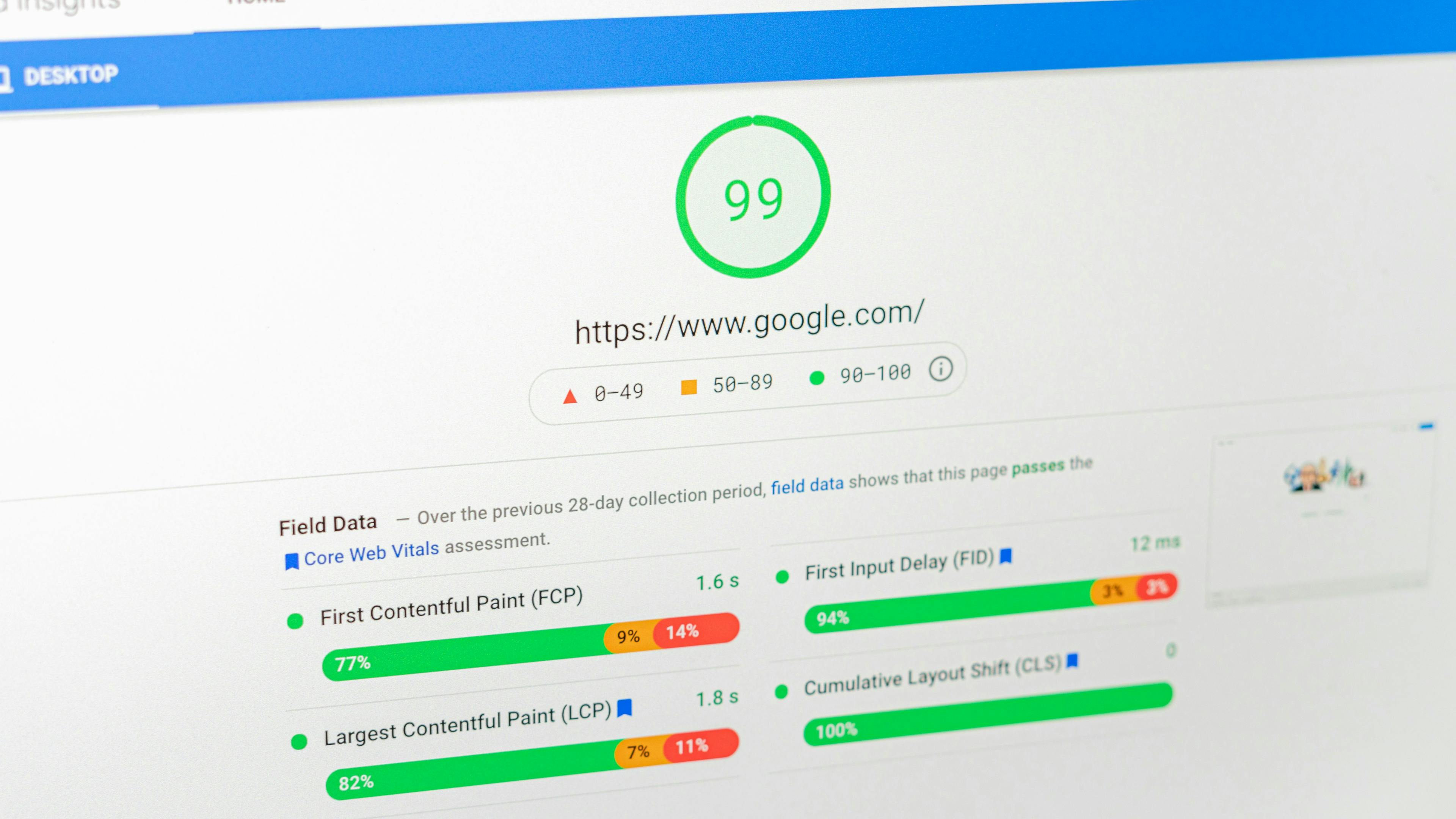Publisher Playbook for 2026 - Part 2: Implement Dynamic Floors
Dynamic price floors aren't about complex algorithms. They're about adapting to what your inventory is actually worth in real-time. Part 2 of Aditude's 2026 Publisher Playbook shows how the right segmentation and testing can deliver 3-5% yield improvements, with top publishers seeing gains of 8-11% or more.

Welcome to Part 2 of our Publisher Playbook for 2026 series. In Part 1, we covered header bidding optimization, ensuring your wrapper configuration maximizes competition and efficiency. Even with a perfectly configured header bidding setup, publishers can unlock additional revenue by moving from static price floors to more dynamic, frequently updated pricing rules for supply. Static floors don't adapt to real-time market conditions, user differences, or content performance, meaning you're either leaving money on the table or suppressing fill rates.
Publishers implementing dynamic price floors typically see yield improvements of 3-5%, with some high-performing publishers achieving gains exceeding 8-11%. This guide breaks down everything you need to know about moving beyond static pricing to intelligent, data-driven floor optimization.
Understanding Dynamic Floor Technology
Dynamic flooring uses machine learning to set optimal price floors in real-time based on multiple factors:
User-Level Signals:
- Geographic location and DMA
- Device type and operating system
- Browser
- Time of day and day of week
- User engagement and session depth
Content Signals:
- Article category and topic
- Content freshness and virality
- Historical monetization performance
Market Signals:
- Real-time bid density and competition
- Historical win rates at various price points
- Seasonal demand patterns
- Advertiser budget cycles
The most sophisticated systems combine these signals to create unique floor prices for each individual auction, maximizing the probability of achieving the highest possible clearing price while ensuring bid density and fill rate are sustained.
The Mathematics of Dynamic Flooring
Dynamic floor optimization balances two competing objectives: maximizing revenue per filled impression while maintaining healthy fill rates. The optimal floor sits at the point where incremental revenue gains from higher prices exceed any revenue lost from reduced fill.
Consider a simplified example:
- Static floor at $2.00 CPM: 85% fill rate, $1.70 effective CPM
- Dynamic floor averaging $2.50 CPM: 78% fill rate, $1.95 effective CPM
- Result: 15% yield improvement despite lower fill rate
Implementing Dynamic Floors: A Phased Approach
Phase 1: Data Collection and Analysis (Weeks 1-2)
Before implementing dynamic floors, you need comprehensive baseline data:
- Current floor performance across all inventory
- Bid density analysis per bidder
- Win rate mapping at various price points showing transaction distribution
- Revenue analysis by user segment, content type, and time period
Aditude's Dynamic Flooring solution includes built-in analytics that automatically collect and analyze this data, identifying optimization opportunities across your inventory.
Phase 2: Segmentation Strategy (Weeks 3-4)
Not all inventory should be treated equally. Develop a segmentation strategy based on:
- Geography-Based Segmentation: Tier 1 markets (US, UK, Canada, Australia) typically command premium prices and can support aggressive floor optimization. Tier 2 and 3 markets require more conservative approaches to maintain adequate fill.
- Content-Based Segmentation: Premium content categories (finance, technology, health) often attract higher-value advertising than entertainment or general news. Sports content shows dramatic seasonal variations requiring dynamic adjustment.
- User-Based Segmentation: First-time visitors versus returning users, high-engagement versus low-engagement sessions, and registered versus anonymous users all demonstrate different value profiles.
Phase 3: Testing and Validation (Weeks 5-8)
Implement dynamic floors gradually using controlled experiments:
- A/B Test Structure:
- Control group: 30% of traffic with current static floors
- Test group: 70% of traffic with dynamic floors
- Duration: Minimum five weeks to account for weekly seasonality
- Success metrics: overall revenue; RPM, fill rate, revenue per session
- Statistical Significance: Ensure your test is statistically significant before making decisions. For most publishers, this requires at least 100,000 impressions per segment. Tools like Aditude’s Insights provide built-in significance testing to validate results.
Phase 4: Full Deployment and Continuous Optimization (Week 9+)
Once testing validates improvement, deploy dynamic floors across all inventory while maintaining ongoing optimization:
- Weekly performance reviews identifying underperforming segments
- Monthly floor strategy adjustments based on seasonal patterns
- Quarterly model retraining incorporating new data
- Continuous A/B testing of floor optimization strategies
Advanced Dynamic Flooring Strategies
- Predictive Flooring: Instead of reacting to historical performance, predictive floors use machine learning to forecast demand and set floors proactively. This approach captures value during unexpected demand spikes (breaking news, viral content) before historical data catches up.
- Competitor-Aware Flooring: Analyze bid landscapes to identify when multiple high-value buyers compete for your inventory. Raise floors during periods of intense competition, lower them when demand thins. This goes hand-in-hand with granular analytics on bid density.
Common Dynamic Flooring Mistakes to Avoid
- Over-Optimization: Setting floors too aggressively can damage long-term demand relationships by harming win rates. Buying algorithms avoid auctions in which they rarely succeed, reducing future bid density. Balance short-term yield gains against long-term demand health.
- Insufficient Segmentation: Using the same dynamic floor strategy across dramatically different inventory types dilutes effectiveness. Invest time in proper segmentation before deployment.
- Ignoring Seasonal Patterns: Dynamic floors should account for predictable seasonal variations (holidays, back-to-school, summer travel) rather than treating each year as unprecedented.
- Static Implementation: flooring isn't "set it and forget it." Market conditions change, new demand sources emerge, and user behavior evolves. Plan for continuous monitoring and optimization.
Measuring Dynamic Floor Success
Track these key metrics to evaluate dynamic floor performance:
Primary Metrics:
- RPM (Revenue Per Thousand Impressions)
- Fill rate by segment
- eCPM trends over time
- Total revenue impact
Secondary Metrics:
- Bid density (average bids per auction)
- Win rate distribution
- Partner-level performance changes
Aditude's Dynamic Flooring platform provides comprehensive analytics across all these dimensions, with real-time dashboards that make optimization decisions straightforward.
Key Takeaways
Dynamic price floors represent a powerful complement to the header bidding optimization strategies we covered in Part 1 of this series. Together, these two fundamentals can drive 20%+ yield improvements for publishers who implement them systematically.
However, there's one more critical piece of the monetization puzzle: site performance and ad quality. Even with perfectly optimized header bidding and intelligent price floors, poor Core Web Vitals and low viewability rates will undermine your long-term revenue potential.
In Part 3 of our Publisher Playbook series, we'll explore Core Web Vitals and viewability optimization—the foundation of sustainable publisher revenue that protects both traffic and advertiser demand.
Want to implement dynamic flooring without the technical complexity? Contact our team to learn how Aditude's Dynamic Flooring solution delivers intelligent price optimization with comprehensive built-in analytics.




